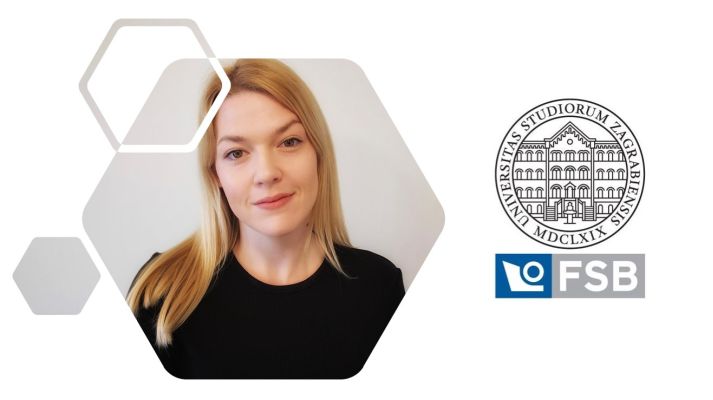What was your original motivation to become a researcher?
I have always wanted to be part of change. When I finished my master’s degree in chemical engineering, I imagined myself doing research in a lab. But luckily for me, life had other plans. I became a researcher, but a different kind. I have been employed at the University of Zagreb, Faculty of Mechanical Engineering and Naval Architecture, on an interdisciplinary project on green shipping. I entered the academic world, writing research papers, finishing my PhD studies, and working on fantastic projects like E-TANDEM.
What is your (main) research area today?
My research focuses on alternative powering options for the maritime sector and their environmental and economic performance analysis. It covers different types of vessels operating in long-distance shipping, short-sea shipping, inland navigation, and fisheries. This research is crucial as the maritime industry seeks to reduce its environmental footprint at a low cost.
What is the main objective of your team in E-TANDEM?
My team has been assigned the task of investigating the environmental footprint of the HOEF e-fuel by conducting a Life-Cycle Assessment (LCA). LCA provides a comprehensive evaluation of the environmental effects associated with all stages of a ship power system, including fuel production. By modeling the processes of HOEF production and its use in a ship power system, we will be able to indicate the environmental impact of such fuel from a life-cycle perspective and compare it with other alternative marine fuels and diesel as a baseline scenario. The results will be presented for four types of ships: bulk carrier, fishing vessel, ferry, and cruise ship.
What expertise and facilities does your team have to meet those objectives?
In order to achieve these objectives, it is necessary to draw upon the extensive expertise of our team in conducting LCA. My team is a world-renowned group in engineering and environmental analyses of marine mobility, as evidenced by our numerous collaborations on projects and the publication of numerous research papers in respected journals in the field.
Which aspects of your research at E-TANDEM do you believe are the most innovative and what unique opportunities does E-TANDEM offer to you and/or your organisation?
The most innovative aspect of my research at E-TANDEM is the opportunity to model the entire fuel production process from scratch. In contrast to previous research, where existing database processes were utilized, this project allows for the design of a new, tailored model that accurately reflects the specific conditions and parameters of the HOEF production. The E-TANDEM presents a distinctive opportunity for interdisciplinary collaboration, with the potential to make a significant societal and environmental contribution.
How do you see the future use of the E-TANDEM results and the impact of the E-TANDEM project in our daily lives?
I hope that the E-TANDEM results will lead to the implementation of e-fuel technology, with HOEF becoming the next alternative fuel used in the shipping sector. This will help to reduce the sector’s carbon footprint and pave the way for a bright, sustainable future.

